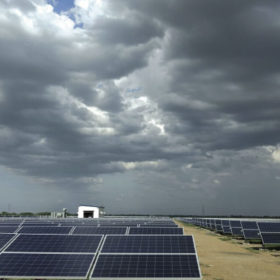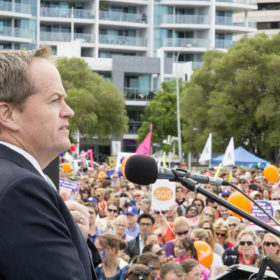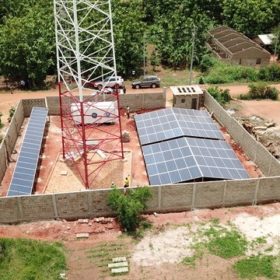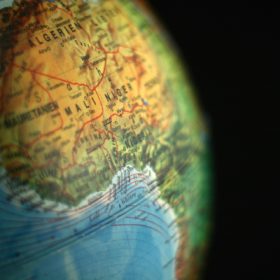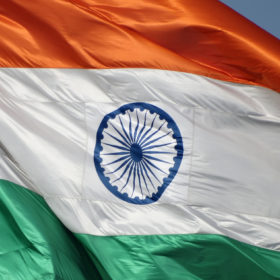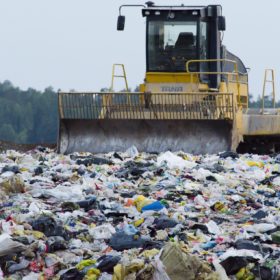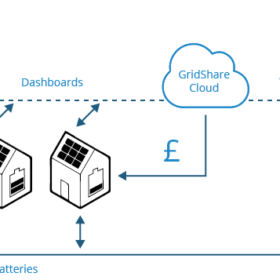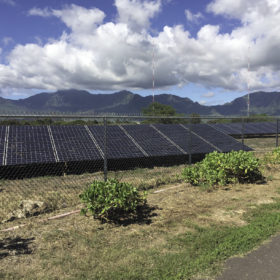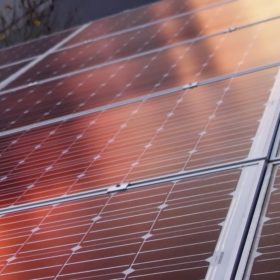IEA warning against stagnation of renewables
After two decades of growth, the amount of newly installed renewable energy capacity is no longer rising and, despite a 7% growth in electricity generation from clean energy sources, global energy-related carbon emissions have risen 1.7%.
China confirms FIT level payments – but they will be ‘subject to competition’
The Beijing authorities have confirmed the payment levels to be made according to type of project and region from July onwards but an auction process will be involved so the figures are for guidance only. No decision has yet been made on the 30 GW of capacity added since the end of May.
Labor plan to aggregate 4,000 schools into virtual power plants in $1 billion solar program
Australia’s federal Labor party has pledged to roll out PV generation and batteries at schools across the nation, and to create VPPs supporting up to 365 MW of capacity.
Bboxx presents new micro-grid solution in Togo
The “next-generation” utility has presented a micro-grid at a Togolese village. The concept can be reproduced and power schools, small businesses and homes alike. Even an internet connection is part of the project. Despite the World Bank and other institutions reaching out to provide capital for electricity supply, Germany-based Mobisol GmbH is currently in self-administered insolvency proceedings.
Off-grid solar in Africa gets $224 million World Bank lift
The funds will be used for electrification projects in West Africa and the Sahel to bring electricity to 1.7 million people.
The prospects for solar after the Indian elections
Narendra Modi’s BJP party is seeking re-election with the aim of ensuring the electrification of all railways by 2022 and turning renewable energy into a popular movement with steps including an emphasis on solar farming. Even if the elections spring a surprise, however, the renewable momentum is unlikely to slow as no government can afford to roll back the clean power tide.
PV waste a rising challenge for Bangladesh
With concerns over the mountains of PV system waste that will one day pile up around the world, Bangladesh is no exception – the nation currently has no solar panel recycling policy.
Moixa to build virtual power plant as first phase of UK smart energy project
The storage supplier will set up a mixed-asset virtual power plant that will initially aggregate up to 2 MW of capacity as the first phase of a planned smart local energy system in southern England. Moixa aims to eventually scale the VPP up to 17 MW.
Battery group unveils online map of global storage installations
The Consortium for Battery Innovation has produced an interactive, online map highlighting the location of lead-battery storage installations worldwide.
Spain’s new rules for self-consumption come into force
The provisions allow self-consumption for communities and industrial areas; reduce administrative procedures – especially for small self-consumers; and establish a simplified mechanism for the compensation of self-produced excess energy.
